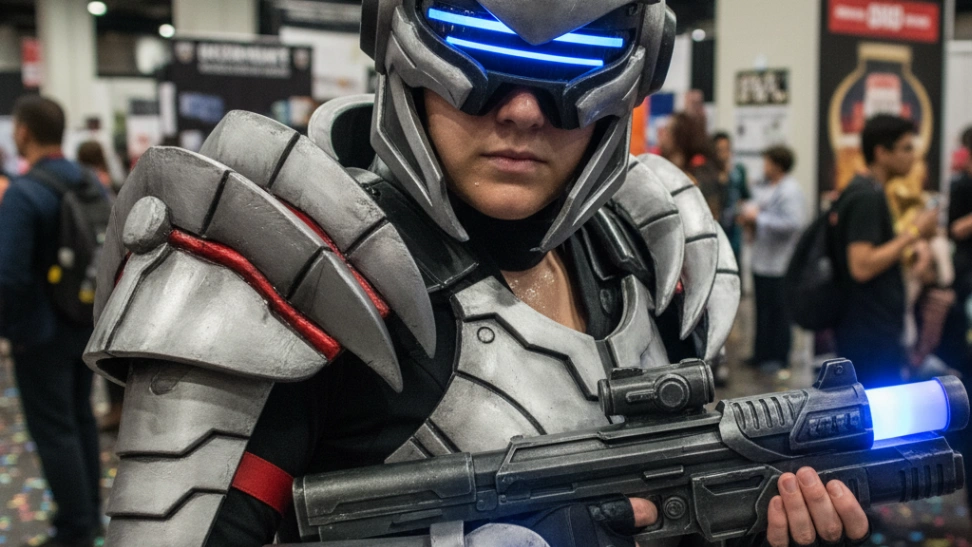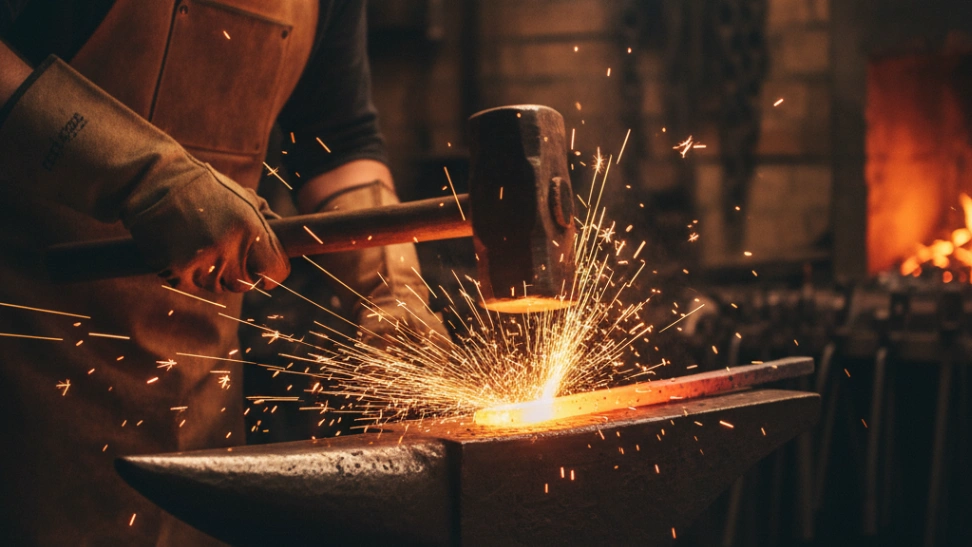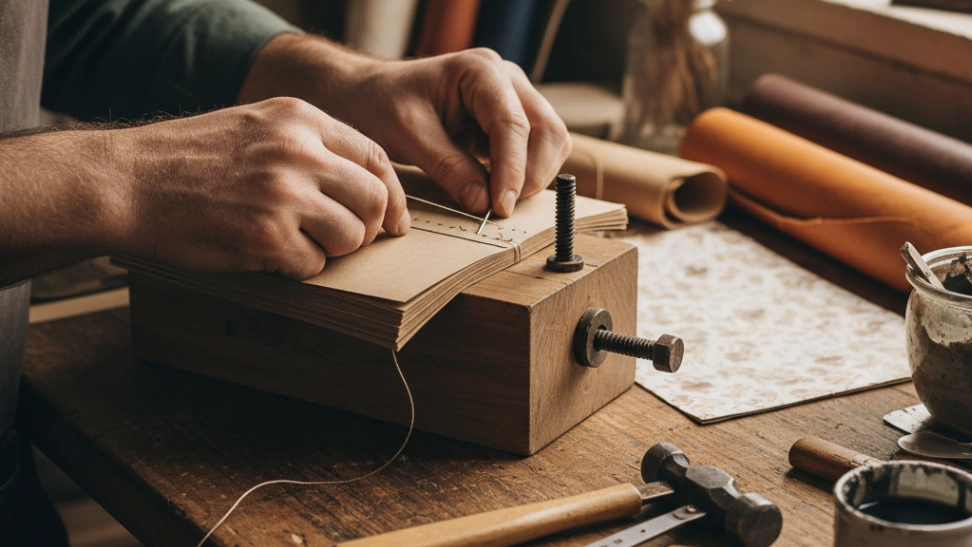The journey of a cosplayer typically begins with selecting a character that resonates with them, followed by intensive research into the character's design, materials, and specific details. This research phase is critical, often involving studying reference images, concept art, and even in-game models or film stills to ensure accuracy. The actual construction phase is where the diverse skill sets come into play. Many cosplayers are adept at sewing, meticulously crafting garments from scratch, which can range from simple dresses to complex multi-layered outfits requiring intricate patterns and specialized fabrics. Beyond textiles, the creation of armor, weaponry, and other props frequently involves materials like EVA foam, Worbla, thermoplastics, and resin. These materials demand proficiency in cutting, shaping, sanding, painting, and sometimes even basic electronics for LED lighting or moving parts. Wig styling is another essential component, often transforming a simple base wig into an elaborate hairdo specific to the character, using techniques like cutting, dyeing, gluing, and spiking. Similarly, special effects makeup can be crucial for achieving a character's unique facial features, skin tones, or prosthetics.
Cosplay is not solely about the static costume; it's also about the performance and presentation. At conventions, cosplayers participate in costume contests, walk-on skits, and parades, where they are judged not only on the accuracy and craftsmanship of their outfits but also on their ability to portray the character's essence. Photoshoots are another vital aspect, allowing cosplayers to capture high-quality images of their creations in appropriate settings, often collaborating with professional photographers to achieve stunning visual narratives. This performative element extends to simply interacting with fellow attendees at conventions, posing for pictures, and sharing the joy of their shared passion. The cosplay community is vast and supportive, offering a space for enthusiasts to share tips, techniques, and encouragement, fostering friendships and creative collaborations. Online platforms like Instagram, TikTok, and specialized forums serve as digital hubs for sharing progress, showcasing finished projects, and connecting with a global audience of fellow cosplayers and fans.
The origins of cosplay can be traced back to early 20th-century science fiction fandom. The first known instance of "costuming" at a fan event occurred at the 1939 1st World Science Fiction Convention (Worldcon) in New York City, where attendees Forrest J Ackerman and Myrtle R. Douglas (Morojo) wore "futuristicostumes" inspired by the film *Things to Come*. These early fan creations were less about precise character replication and more about general genre aesthetics. The concept evolved through subsequent decades with masques and masquerades becoming a staple at sci-fi conventions. The term "cosplay" itself, however, was coined much later in Japan. In 1984, Japanese reporter Nobuyuki Takahashi attended Worldcon in Los Angeles and was so impressed by the fan costumes that he wrote an article for the Japanese magazine *My Anime*, coining the term "kosupure" (cosplay) as a portmanteau of "costume" and "play." This term quickly gained traction in Japan, particularly with the burgeoning popularity of anime and manga, where fans sought to embody their favorite characters with increasing accuracy and dedication. As Japanese pop culture spread globally in the 1990s and 2000s, so too did the term and practice of cosplay, leading to its widespread international adoption and diversification across various fictional mediums.
Entering the world of cosplay can seem daunting due to the intricate nature of some projects, but it's a hobby with a remarkably low barrier to entry for beginners. Many start with "closet cosplays" — assembling an outfit using existing clothing and accessories to represent a character – or by modifying thrift store finds. This approach allows newcomers to dip their toes into character portrayal without committing to significant time or financial investment. As skills develop, cosplayers can gradually take on more complex projects, learning new crafting techniques one step at a time. The internet is an invaluable resource, with countless tutorials on YouTube, pattern-making guides, and forums dedicated to specific techniques like foam armor or wig ventilation. Workshops at conventions also provide hands-on learning opportunities. The hobby continues to evolve, embracing new technologies like 3D printing for props and advanced textile methods, making the possibilities for creation virtually limitless. Whether one aims for hyper-realistic renditions or stylized interpretations, cosplay offers a deeply rewarding creative outlet for fans to celebrate their passions and connect with a global community of like-minded individuals.



